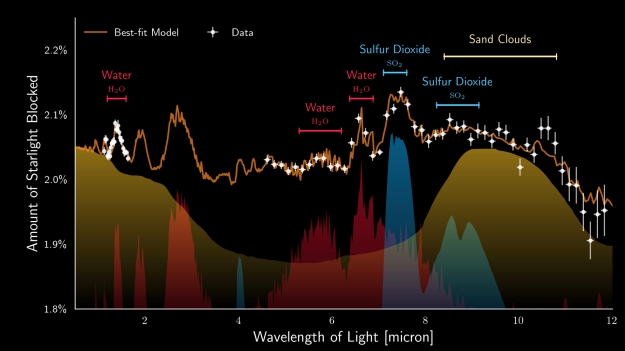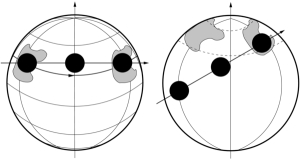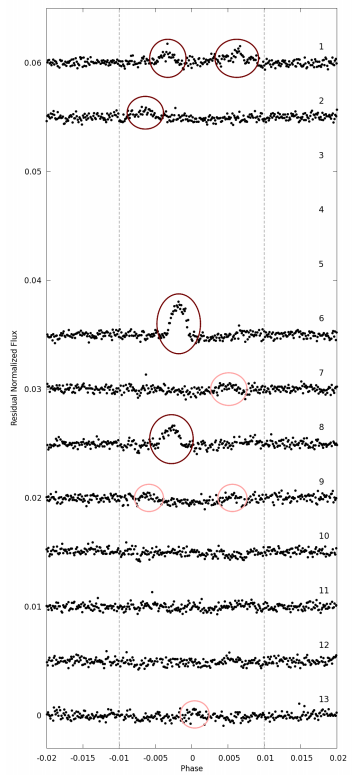A press release by KU Leuven announced the detection of clouds made of sand in the atmosphere of WASP-107b. The research, published in Nature by Achrène Dyrek et al. used observations with the James Webb Space Telescope to find clouds made of silicates, MgSiO3, SiO2 and SiO.

Transmission spectrum of WASP-107b, including the contribution of sand clouds. Image credit: Michiel Min, Europese MIRI EXO GTO team, ESA, NASA
“The fact that it has such a very puffy atmosphere enables us to really look very deep inside the atmosphere of the planet,” Leen Decin, a professor from KU Leuven and one of the study’s lead authors, told Euronews Next.
The astronomers also found that the clouds in the exoplanet’s atmosphere are made up of silicon, which is the main component of sand.
“It is the first time in history that we can deduce the composition of the clouds. And so here are sand clouds, very, very small sand clouds and they exist very high up in the atmosphere of the planets,” Decin told Euronews.
Michiel Min, from the Netherlands Institute for Space Research, said in a statement that the sand clouds high in the atmosphere have a similar cycle to the water vapour and cloud cycle on Earth but with “droplets made of sand”.
Decin says you could also think of it as solid clusters of sand on an exoplanet with extremely high wind speeds of a few kilometres per second.
The press release led to widespread media coverage, including The BBC, The Guardian, Daily Mail, and Newsweek.








